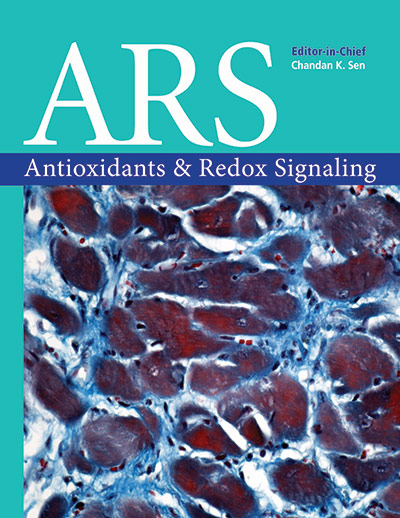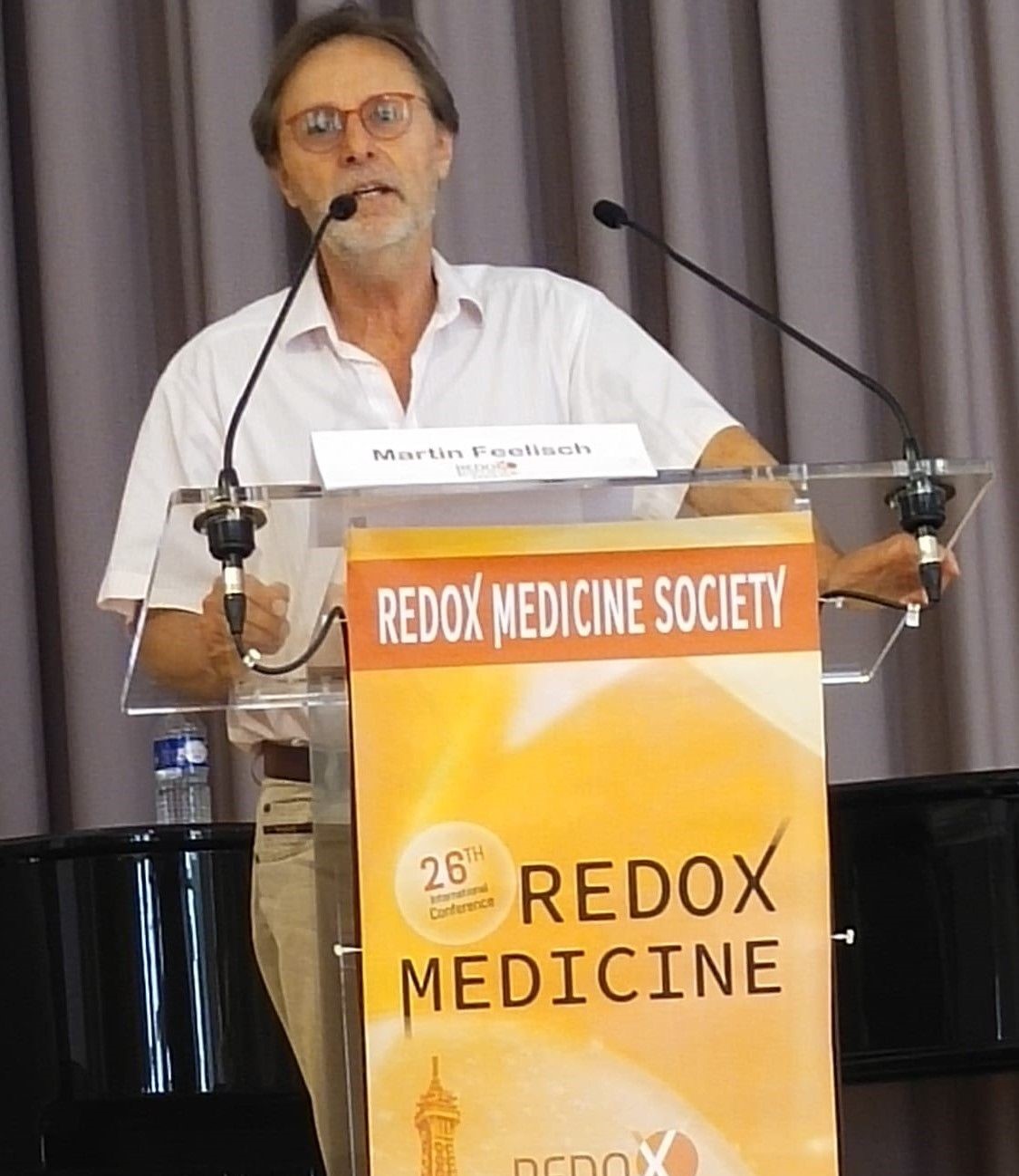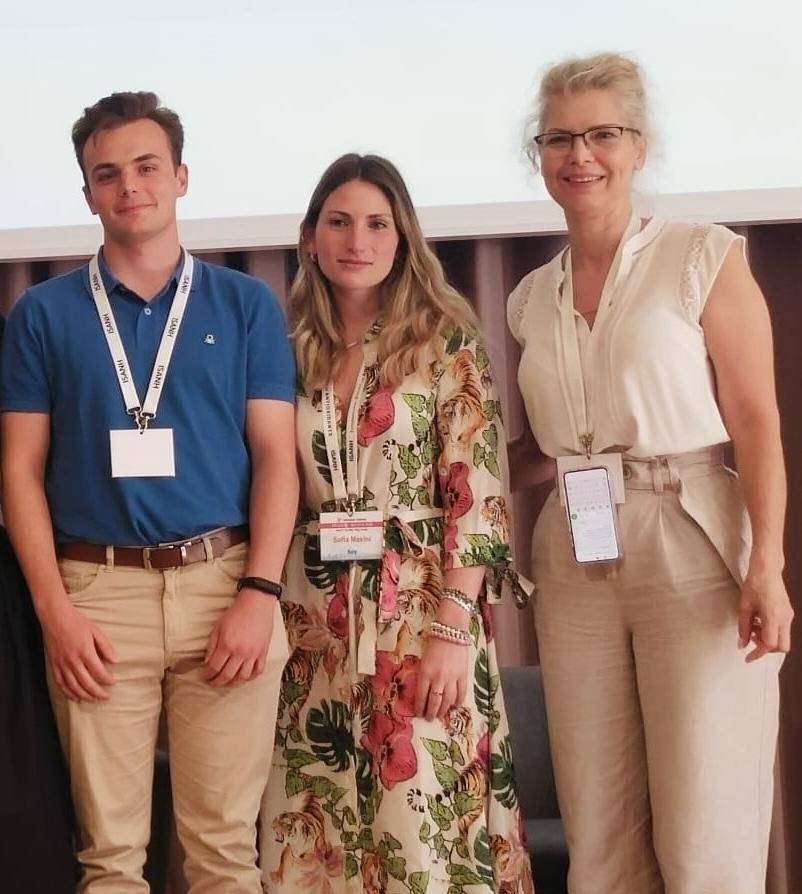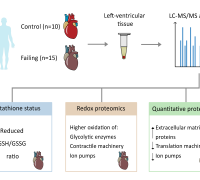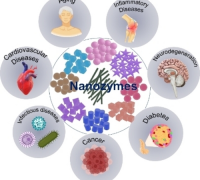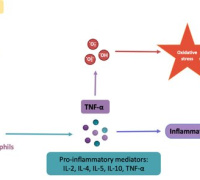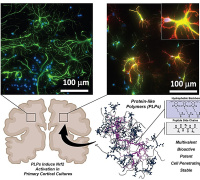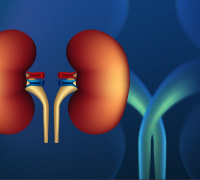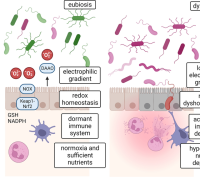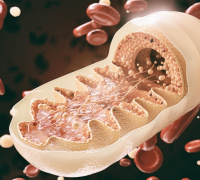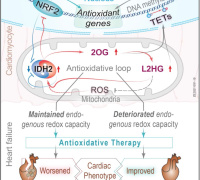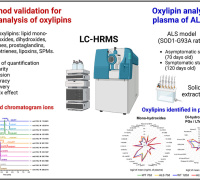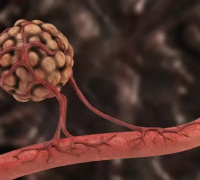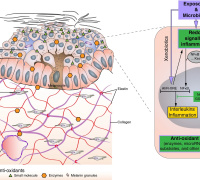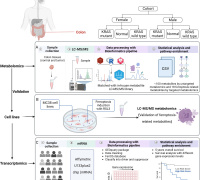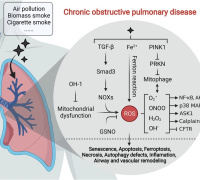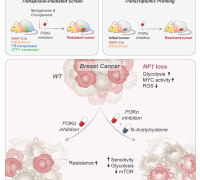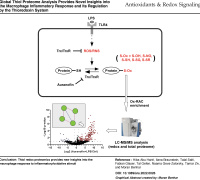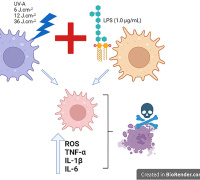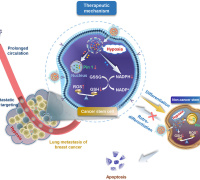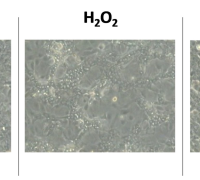New Methods to Evaluate Telomeres
 Prof. Nedime Serakinci, Special Health Adviser, Turkish Republic of Northern Cyprus Presidency, Cyprus, will present her recent study on New Methods to Evaluate Telomeres.
Prof. Nedime Serakinci, Special Health Adviser, Turkish Republic of Northern Cyprus Presidency, Cyprus, will present her recent study on New Methods to Evaluate Telomeres.
Prof. Serakinci will describe telomeres as repetitive genetic materials that protect the chromosomes by capping the ends of chromosomes. Each time a cell divides, telomeres get shorter. Telomere length is mainly maintained by telomerase. This enzyme is present in the embryonic stem cells in high concentrations and declines with age. It is still unclear to what extend there is telomerase in adult stem cells, but considering these are the founder cells to the cells of the all tissues in a body, understanding the telomere dynamics and expression of telomerase in adult stem cells is very important.Telomere length has been implicated as one of the markers for neoplastic transformation in both in vivo and in vitro studies. During cancerogenesis, telomeres shorten due to high cell turnover and repeats are added by active telomerase or alternative lengthening of telomeres (ALT). This gradual shortening is replication driven and does not necessarily explain the presence of ultrashort telomeres. Ultrashort telomeres are observed when there is a sudden shortening in telomeres not related with cell division and may arise from breaks in telomeres due to oxidative damage and replication slippage.Universal STELA is an accurate method for evaluation of ultrashort telomeres in hMSC-telo1 cells. Compared to TRF assay, U-STELA is developed to overcome several problems in detecting abrupt telomere shortening in a single chromosome.
Article: https://pubmed.ncbi.nlm.nih.gov/29542055/
Paris Redox 2021 Congress
October 13-15, 2021 - Paris, France & Online
www.isanh.net





